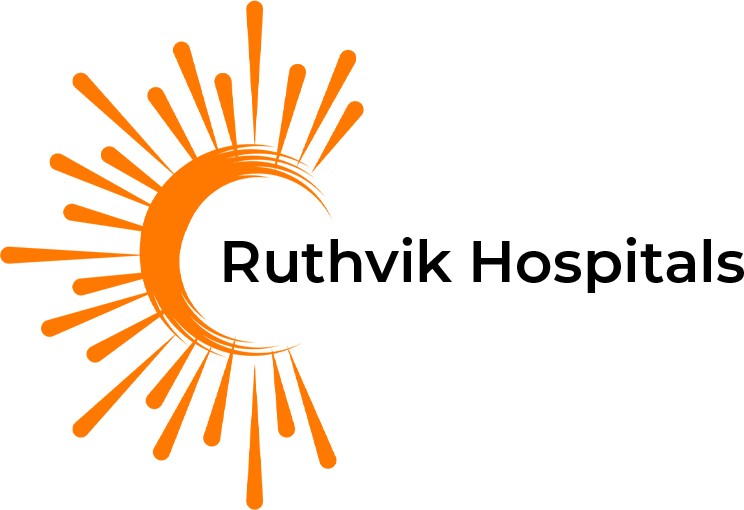Call Us when you Need Help!
Helping you Move + Feel Better
If you’re living with significant pain and discomfort from an orthopedic(musculoskeletal) condition, you know firsthand how much it can affect your quality of life. Seemingly simple tasks like walking, climbing stairs or evenstanding become much more difficult. On a positive note, our bone, joint and muscle specialists are here to get you moving again.
What Is Breast Surgery?
What Are the Types of Breast Surgery?
1. Breast Augmentation (Augmentation Mammoplasty):
This cosmetic surgery involves the placement of implants (saline or silicone) to increase breast size or restore breast volume lost after weight loss or pregnancy. Some women opt for augmentation to improve the balance of their body proportions or to achieve a fuller appearance.
2. Breast Reduction (Reduction Mammoplasty):
Breast reduction surgery is performed to remove excess breast tissue, fat, and skin to alleviate discomfort caused by overly large breasts (macromastia). Women with large breasts may experience back pain, neck pain, and other physical issues that can be relieved through breast reduction surgery.
4.Mastectomy:
Mastectomy is a surgical procedure to remove all or part of the breast tissue, often performed to treat or prevent breast cancer. Different types of mastectomies include:
Total (Simple) Mastectomy: Removal of the entire breast.
■ Radical Mastectomy: Removal of the entire breast, chest muscle, and lymph nodes (less common today).
■ Skin-Sparing Mastectomy: Preserves the breast skin for reconstructive surgery.
■ Nipple-Sparing Mastectomy: Preserves the nipple and areola along with the breast skin.
5. Lumpectomy
Also known as breast-conserving surgery or partial mastectomy, a lumpectomy involves the removal of a breast lump (often cancerous) and a small amount of surrounding tissue while preserving most of the breast. It is a common treatment for early-stage breast cancer and is often followed by radiation therapy.
6. Breast Reconstruction
This surgery is performed to restore the appearance of the breast after mastectomy or trauma. Reconstruction can be done using implants or autologous tissue (tissue from another part of the patient’s body, such as the abdomen or back). Reconstruction can take place immediately after a mastectomy or be delayed until after cancer treatments like chemotherapy or radiation
How Can Breast Conditions Be Diagnosed?
What Are the Different Treatment Options for Breast Conditions?

For a personalized treatment, visit Rutvik Hospitals for your breast surgery needs. Our experienced medical team provides the highest quality care in a comfortable and supportive environment.
FAQs About The Service
There are many questions about the service, we have selected frequently asked questions about this service. If you do not see your answer, please contact us.
Can I know the doctors’ credentials?
If I’m taking a companion, when can he or she travel?
What happens if I need follow-up?
What Does Medical Tourism Corporation charge?
Services
- Painless Burns Treatment
- Skin Grafting Surgeries
- Foot Corns and Ulcers Treatment/
- Diabetic Foot and Nail Removal Surgery
- Abdomen Obstruction
- Anal Fistulas
- Circumcision Laser And Stapler
- Anal Fissures
- Piles Hemorrhoids
- Hysterectomy
- Gallbladder Stones
- Apendicitis Surgery
- Laproscopic Surgery
- Breast Surgery
- Thyroid Surgery
- Penal Swelling
- Cysts and Lumps
Why Choose Us?
Address Business
Contact With Us
Call Us 24/7: 73863 61609
Working Time
Sunday: 8.30am - 19.30pm

